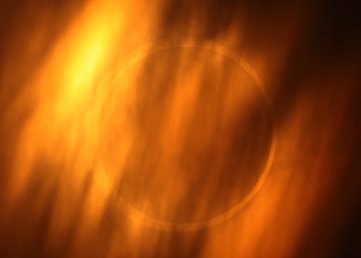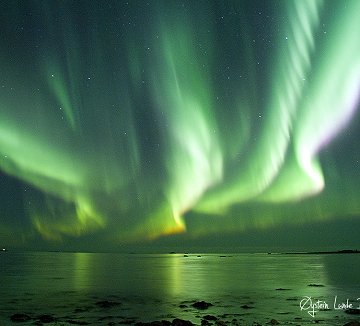SATELLITE FLYBYS APP: Turn your iPhone or iPod into a field-tested satellite tracker! Spaceweather.com presents the Satellite Flybys app. | | | SUNSET CONJUNCTION: When the sun goes down tonight, step outside and look southwest. Jupiter and the 6% crescent Moon are having an eye-catching close encounter. Catch them if you can before the sky fades completely black. A bright conjunction framed by twilight blue is an especially beautiful sight. [sky map] RING OF FIRE: Last Friday when the Moon passed in front of the sun, the lunar diameter was a little too small to completely cover the star behind it. The mismatch produced a lovely ring of fire: 
"I took this picture from the shore of Weishan Lake in the Shandong Province of China," says Xiang Zhan. "We had some clouds, but fortunately the sun was able to shine through the veil. The golden ring was very beautiful over the frozen lake below." The Moon was so small because it was near the far point of its elliptical orbit around Earth. It was, in other words, an "apogee Moon" about 10% too small for totality. The diminished diameter did not, however, diminish the beauty of the event. Browse the gallery for proof: UPDATED: Solar Eclipse Photo Gallery
[World Map of Eclipse Sightings] A BURST OF NORTHERN LIGHTS: On Jan. 15th, a burst of Northern Lights startled observers around the Arctic Circle. "The sky exploded over my head!" reports Øystein Lunde Ingvaldsen, who sends this picture from Bø in Vesterålen, Norway: 
"The Northern Lights were insane," he says. "To record them, I used a Nikon D300 set at ISO1600 (f/3.5) for a 10 second exposure." Arctic photographers may wish to take note of those settings, because more auroras are on the way. A solar wind stream is heading toward Earth and it could spark polar geomagnetic storms when it arrives on Jan. 18th or 19th. Be alert for auroras! The display could intensify even more on Jan. 18th and 19th. That's when a solar wind stream flowing from a coronal hole is expected to reach Earth. High-latitude sky watchers should be alert for Northern Lights. UPDATED: January Northern Lights Gallery
[previous Januarys: 2009, 2008, 2007, 2005, 2004, 2001] | 
